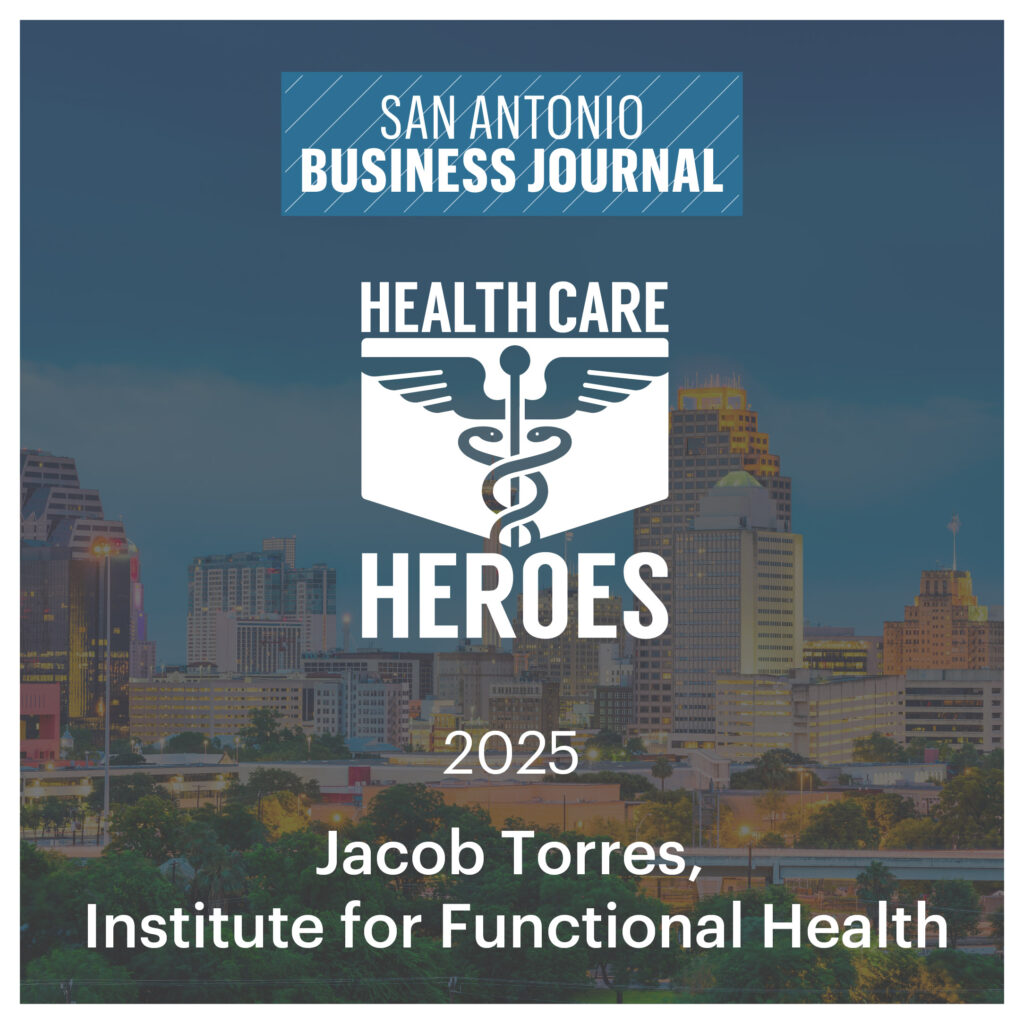With another holiday just around the corner, and some impending weight gain in the future of many people, there is already talk about inevitable weight loss goals once the new year rolls around. And while it may be a good idea just to shed some unwanted body weight at that time for general health or appearance reasons, you may actually be doing yourself a potential life-saving favor in the process!
According to data acquired in a new research study, if you’re carrying excess bodyfat (and nearly two-thirds of Americans are either overweight or obese), you’re putting yourself at greater risk of complications, and even death, should you need to have emergency surgery! And to make things even worse beyond just the surgery, you’re probably in for a longer hospital stay on top of that!
Researchers looked at more than 600 patients who had to have emergency surgery, but who also had a CT scan of the abdomen and pelvis before it. The purpose of the scan was to calculate waist-to-hip ratio, which is a measure of belly fat that, according to the World Health Organization, should not exceed .90 in men and .85 in women. Almost 70% of the patients in the study had an unhealthy waist-to-hip ratio equal to or greater than 1.
When looking at the data for all cases combined, the complication rate was 33% and the death rate was 4% in total. The average hospital stay was four days, and the 30-day hospital readmission rate was 25%. But there were definite differences between those carrying more bodyfat compared to those who were in a healthier range. The patients with an unhealthy waist-to-hip ratio had:
- A complication rate of 44% (vs 9% for the leaner group)
- A death rate of 8% vs 1%
- More than double the length of their hospital stays
- Nearly 33% rate of hospital readmission vs just 7% for those with less belly fat
Waist-to-hip ratio is an acceptable measure to help assess risk because it focuses on the concentration of visceral fat that surrounds the organs. This is the type of fat that is the most dangerous to carry excess amounts of due to the tie-ins with cardiovascular disease and general health complications. The researchers also found that a waist-to-hip ratio of 1 or more was an independent predictor of complications and death, increasing the odds by seven and six times, respectively.
So, if you’re on the wrong side of the tale of the tape and that ratio is greater than 1, it looks like it would be in your best interest to have a plan to shed some of that undesirable belly fat. The good news is that there are ways to lose the weight safely and effectively, along with learning how to keep it off for the long term. Yes, it will definitely take change and some effort on your part, but our patients who successfully drop weight with their health and wellness programs all say that it was well worth it. Not only do they feel better overall on several health aspects (more energy, less aches and pains, etc.), but it always feels good to hear the compliments that accompany noticeable weight loss and to have that sense of personal satisfaction for goals accomplished.
But most importantly, you may be taking a huge step in decreasing your risk for complications should the need for an emergency surgery arise. While there’s no planning for that type of unfortunate event, it does appear you may be able to help produce a more favorable outcome.
*Study findings were presented in October at a meeting of the American College of Surgeons in San Diego and are pending publication.
















